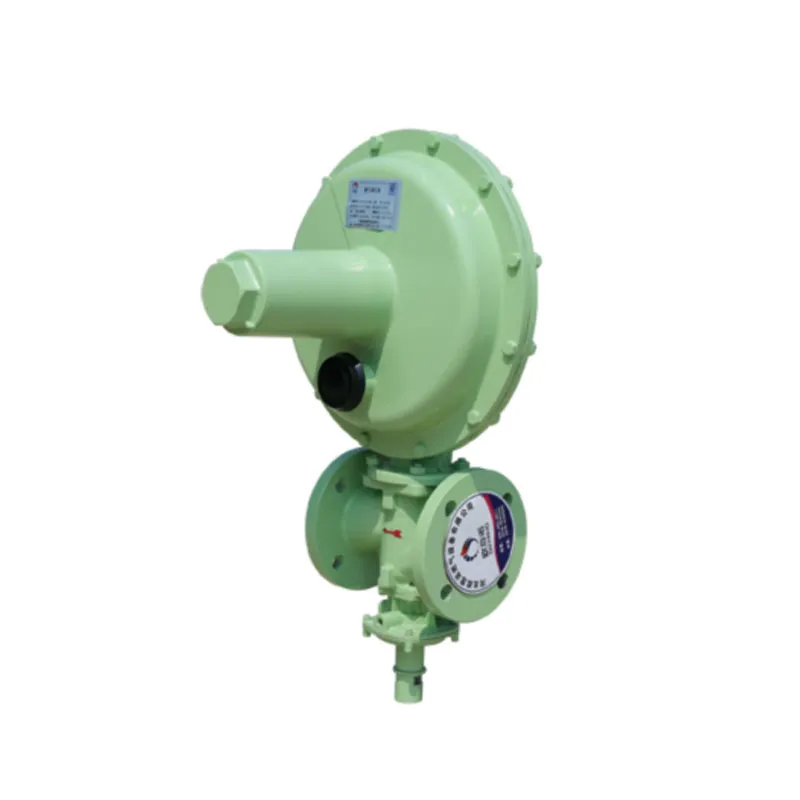
Nov . 12, 2024 12:21
Back to list
pressure reducing regulators
Understanding Pressure Reducing Regulators A Comprehensive Overview
Pressure reducing regulators (PRRs) are vital components used across various industries to manage and control pressure in gas and liquid systems. These devices serve to decrease the input pressure from a source to a desired output pressure, ensuring safe and efficient operation of equipment and processes. This article explores the working principles, types, applications, and maintenance of pressure reducing regulators.
Working Principles
At the core of a pressure reducing regulator is the mechanism that responds to changes in upstream pressure. Generally, a PRR consists of a spring-loaded diaphragm, which is pivotal to its operation. When fluid enters the regulator, it pushes against the diaphragm, which in turn adjusts the position of the valve seat. This mechanism allows for a continuous adjustment of output pressure, allowing the regulator to maintain a consistent pressure level despite fluctuations in the input side of the system.
The regulator functions by monitoring output pressure and making necessary adjustments. If the output pressure rises above the preset level, the diaphragm shifts, closing the valve and restricting flow. Conversely, if the pressure drops, the valve opens to allow more fluid to pass through. This loop of feedback ensures that the downstream system operates within its designed pressure limits, protecting equipment from potential damage due to overpressure or underpressure.
Types of Pressure Reducing Regulators
Pressure reducing regulators come in several types, each suited for different applications and requirements
1. Spring-Loaded Regulators The most common type, these regulators use a spring to maintain the desired pressure level. The spring tension can be adjusted to set the desired output pressure.
2. Pilot-Operated Regulators These are typically used in high-flow applications where small pressure changes can have significant effects. A small pilot regulator controls a larger main valve, enhancing precision and responsiveness.
pressure reducing regulators

4. High-Pressure Regulators Designed to handle high input pressures, these regulators ensure safe and efficient operation in demanding environments.
Applications
The applications of pressure reducing regulators are widespread and critical across multiple industries. In the natural gas industry, they control the pressure of gas flowing into homes and businesses, ensuring safe usage at manageable levels. In industrial settings, PRRs are used in manufacturing processes, where consistent pressure is essential for product quality and equipment longevity.
Additionally, in the medical field, pressure reducing regulators are critical in managing gases like oxygen for patients, ensuring that the flow remains consistent and safe. They also find applications in laboratories, HVAC systems, and even in the automotive industry, particularly in fuel systems.
Maintenance and Safety Considerations
Maintaining pressure reducing regulators is crucial for optimal performance and safety. Regular inspections should be conducted to check for leaks, wear and tear, and proper functioning of the diaphragm and valve mechanisms. Issues such as corroded components can lead to malfunctions and compromised safety.
It is also essential to ensure that the regulator is suitable for the specific gas or liquid it regulates, as certain materials may be incompatible with specific substances, leading to degradation or failure. Operators should always refer to manufacturer guidelines regarding installation, maintenance, and operational limits to maximize the lifespan and reliability of the PRRs.
Conclusion
Pressure reducing regulators are indispensable devices that enhance the safety and efficiency of various systems by maintaining appropriate pressure levels. Understanding their workings, types, and applications not only helps in selecting the right regulator for a specific task but also emphasizes the importance of systematic maintenance. As technology advances, the development of more sophisticated regulators is expected, marking a significant step forward in process control and safety across industries.
Next:
Latest news
-
Safety Valve Spring-Loaded Design Overpressure ProtectionNewsJul.25,2025
-
Precision Voltage Regulator AC5 Accuracy Grade PerformanceNewsJul.25,2025
-
Natural Gas Pressure Regulating Skid Industrial Pipeline ApplicationsNewsJul.25,2025
-
Natural Gas Filter Stainless Steel Mesh Element DesignNewsJul.25,2025
-
Gas Pressure Regulator Valve Direct-Acting Spring-Loaded DesignNewsJul.25,2025
-
Decompression Equipment Multi-Stage Heat Exchange System DesignNewsJul.25,2025

